Home>Home Appliances>Home Automation Appliances>What Is The Orange Wire On A Thermostat


Home Automation Appliances
What Is The Orange Wire On A Thermostat
Modified: October 19, 2024
Learn about the purpose of the orange wire on a thermostat and its role in home automation appliances. Understand its significance for your HVAC system.
(Many of the links in this article redirect to a specific reviewed product. Your purchase of these products through affiliate links helps to generate commission for Storables.com, at no extra cost. Learn more)
Introduction
Welcome to the world of home automation and smart appliances! As technology continues to revolutionize our daily lives, the concept of a "smart home" has become increasingly popular. Within this realm, the thermostat plays a pivotal role in regulating indoor temperature and ensuring energy efficiency. When it comes to thermostat wiring, the presence of various colored wires can be a source of curiosity and confusion for homeowners and enthusiasts alike.
In this article, we will delve into the intriguing realm of thermostat wiring and explore a specific wire color that often sparks curiosity: the orange wire. By unraveling the mysteries surrounding the orange wire on a thermostat, we aim to provide a comprehensive understanding of its function, common uses, and identification methods. Whether you are a homeowner seeking to gain insight into your thermostat's wiring or a home automation enthusiast eager to expand your knowledge, this exploration of the orange wire is sure to shed light on this intriguing aspect of thermostat technology.
So, join us as we embark on a journey to demystify the orange wire and gain a deeper understanding of its significance in the realm of thermostat wiring. Let's unravel the secrets behind this vibrant wire and discover the role it plays in the operation of your thermostat.
Key Takeaways:
- The orange wire on a thermostat is crucial for heat pump systems, controlling the reversing valve to switch between heating and cooling modes, ensuring efficient climate control.
- Homeowners can identify the orange wire by looking for the “O” or “O/B” label and referring to wiring documentation or seeking guidance from HVAC professionals.
Read more: What Color Are Thermostat Wires
Understanding Thermostat Wiring
Before we delve into the specifics of the orange wire, it’s essential to grasp the fundamentals of thermostat wiring. Thermostats serve as the control center for heating, ventilation, and air conditioning (HVAC) systems, allowing users to regulate indoor temperature and maintain a comfortable environment. The wiring within a thermostat system consists of various colored wires, each serving a distinct purpose in facilitating communication between the thermostat and the HVAC system.
Thermostat wiring typically follows a standardized color code, with each wire color representing a specific function. While variations exist, the common color-coding conventions are as follows:
- Red wire: Typically connects to the R (power) terminal and provides power to the thermostat.
- White wire: Connects to the W (heat) terminal and signals the furnace to start heating.
- Green wire: Links to the G (fan) terminal and controls the operation of the HVAC fan.
- Yellow wire: Connects to the Y (cooling) terminal and signals the air conditioner to start cooling.
- Blue wire: Often connects to the C (common) terminal and provides the return path for the electrical current.
Understanding these basic color codes lays the foundation for comprehending the role of the orange wire within the thermostat wiring framework. With this knowledge in mind, let’s proceed to unravel the unique significance of the orange wire and its contribution to the seamless operation of thermostat systems.
The Function of the Orange Wire
Amid the array of colorful wires within a thermostat system, the orange wire stands out as a distinctive component with a specific function. The orange wire, often labeled “O” or “O/B,” serves a crucial role in the operation of heat pump systems. Heat pumps are versatile HVAC units that can provide both heating and cooling, making them a popular choice for maintaining indoor comfort throughout the year.
When it comes to the orange wire, its primary function revolves around the activation of the reversing valve in a heat pump system. The reversing valve controls the direction of refrigerant flow within the heat pump, enabling it to switch between heating and cooling modes. During the cooling cycle, the orange wire facilitates the activation of the reversing valve, allowing the heat pump to function as an air conditioner and expel heat from the indoor environment.
It’s important to note that the function of the orange wire may vary based on the specific type of heat pump system in use. In some systems, the orange wire is responsible for signaling the heat pump to enter cooling mode, while in others, it triggers the heating mode. This distinction is typically determined by the configuration of the thermostat and the heat pump, with the “O” and “B” terminals accommodating this variability.
By understanding the pivotal role of the orange wire in facilitating the seamless operation of heat pump systems, homeowners and HVAC enthusiasts can appreciate its significance within the broader context of thermostat wiring. As we explore the common uses of the orange wire, we will gain further insight into the diverse applications of this vibrant wire in optimizing the performance of heat pump-equipped HVAC systems.
The orange wire on a thermostat is typically used to control the heat pump. Make sure to connect it to the O/B terminal on the thermostat for proper operation.
Common Uses for the Orange Wire
The orange wire, with its distinct role in heat pump systems, finds widespread application in various HVAC configurations. Its versatility enables heat pumps to efficiently provide both heating and cooling, making it an indispensable component in climate control systems. Understanding the common uses of the orange wire sheds light on its adaptability and underscores its significance in optimizing the performance of HVAC systems.
One of the primary applications of the orange wire is in enabling the seamless transition between heating and cooling modes in heat pump systems. When the thermostat signals the need for cooling, the orange wire triggers the reversing valve, allowing the heat pump to operate as an air conditioner. This process facilitates the transfer of heat from the indoor environment to the outdoors, effectively cooling the indoor space and maintaining a comfortable temperature.
Furthermore, the orange wire plays a crucial role in ensuring energy efficiency and comfort by enabling the heat pump to deliver reliable heating during colder periods. When the thermostat initiates the heating cycle, the orange wire facilitates the activation of the reversing valve, allowing the heat pump to harness ambient heat from the outdoor environment and transfer it indoors. This efficient heating process exemplifies the adaptability of the orange wire in optimizing the performance of heat pump systems.
Moreover, the orange wire’s function extends to accommodating the unique requirements of dual-fuel systems, where a heat pump is supplemented by a secondary heating source, such as a gas furnace. In such systems, the orange wire enables seamless coordination between the heat pump and the auxiliary heating system, ensuring smooth transitions between heating modes based on external temperature conditions.
By understanding the diverse applications of the orange wire, homeowners and HVAC enthusiasts can appreciate its pivotal role in enabling the efficient operation of heat pump systems and enhancing indoor comfort. The orange wire’s adaptability and functionality underscore its significance within the realm of thermostat wiring, positioning it as a vital component in the quest for energy-efficient and reliable climate control.
How to Identify the Orange Wire
Identifying the orange wire within the intricate network of thermostat wiring is essential for homeowners and HVAC professionals seeking to understand and troubleshoot their HVAC systems. Whether you are installing a new thermostat, replacing an existing one, or simply exploring the wiring configuration, recognizing the orange wire is a fundamental step in comprehending the underlying functionality of your HVAC system.
When examining thermostat wiring, the orange wire is typically labeled with the letter “O” or “O/B,” signifying its association with the activation of the reversing valve in heat pump systems. To identify the orange wire amidst the array of colored wires, it’s advisable to refer to the wiring documentation provided with the thermostat or HVAC system. Manufacturers often include detailed wiring diagrams and color-coded labels to facilitate the identification of each wire, including the orange wire.
Furthermore, the physical inspection of the thermostat wiring terminals can aid in pinpointing the orange wire. The terminal labeled “O” or “O/B” on the thermostat base corresponds to the connection point for the orange wire. By cross-referencing the terminal labels with the color-coding of the wires, homeowners can confidently identify the orange wire and gain a clearer understanding of its role in the overall functionality of the HVAC system.
In instances where the wiring documentation is unavailable or the wiring configuration appears complex, seeking guidance from a qualified HVAC technician can provide valuable assistance in identifying the orange wire. HVAC professionals possess the expertise and experience to decipher intricate wiring setups, ensuring that the orange wire is accurately identified and integrated into the thermostat system with precision.
By familiarizing themselves with the labeling and terminal configurations associated with the orange wire, homeowners can navigate the intricacies of thermostat wiring with confidence and gain a deeper understanding of their HVAC systems. The ability to identify the orange wire empowers homeowners to make informed decisions regarding thermostat installation, maintenance, and troubleshooting, ultimately contributing to the efficient and reliable operation of their HVAC systems.
Read more: What Is The Jumper Wire For On A Thermostat
Conclusion
As we conclude our exploration of the enigmatic orange wire within thermostat wiring, we have unraveled its pivotal role in the seamless operation of heat pump systems. From facilitating the transition between heating and cooling modes to optimizing energy efficiency, the orange wire stands as a vibrant symbol of adaptability and functionality within the realm of HVAC technology.
By understanding the unique function and common uses of the orange wire, homeowners and HVAC enthusiasts can gain a deeper appreciation for its significance in maintaining indoor comfort and climate control. The orange wire’s ability to activate the reversing valve in heat pump systems underscores its indispensable role in enabling efficient heating and cooling, making it a key component in the quest for energy-efficient and reliable HVAC operation.
Furthermore, the process of identifying the orange wire serves as a foundational step in comprehending thermostat wiring and harnessing the full potential of HVAC systems. By leveraging wiring documentation, terminal labels, and expert guidance, homeowners can confidently identify the orange wire and integrate it into their thermostat systems with precision, empowering them to make informed decisions regarding installation, maintenance, and troubleshooting.
As technology continues to revolutionize the landscape of home automation and smart appliances, the orange wire remains a steadfast symbol of innovation and adaptability within thermostat wiring. Its vibrant presence serves as a reminder of the intricate interplay between technology and comfort, exemplifying the seamless integration of functionality and aesthetics in the modern home environment.
In essence, the orange wire transcends its physical manifestation within thermostat wiring, embodying the spirit of versatility, efficiency, and reliability in the realm of HVAC technology. As we navigate the ever-evolving landscape of home automation, let us embrace the vibrant legacy of the orange wire and appreciate its enduring contribution to the quest for optimal indoor comfort and energy efficiency.
Frequently Asked Questions about What Is The Orange Wire On A Thermostat
Was this page helpful?
At Storables.com, we guarantee accurate and reliable information. Our content, validated by Expert Board Contributors, is crafted following stringent Editorial Policies. We're committed to providing you with well-researched, expert-backed insights for all your informational needs.
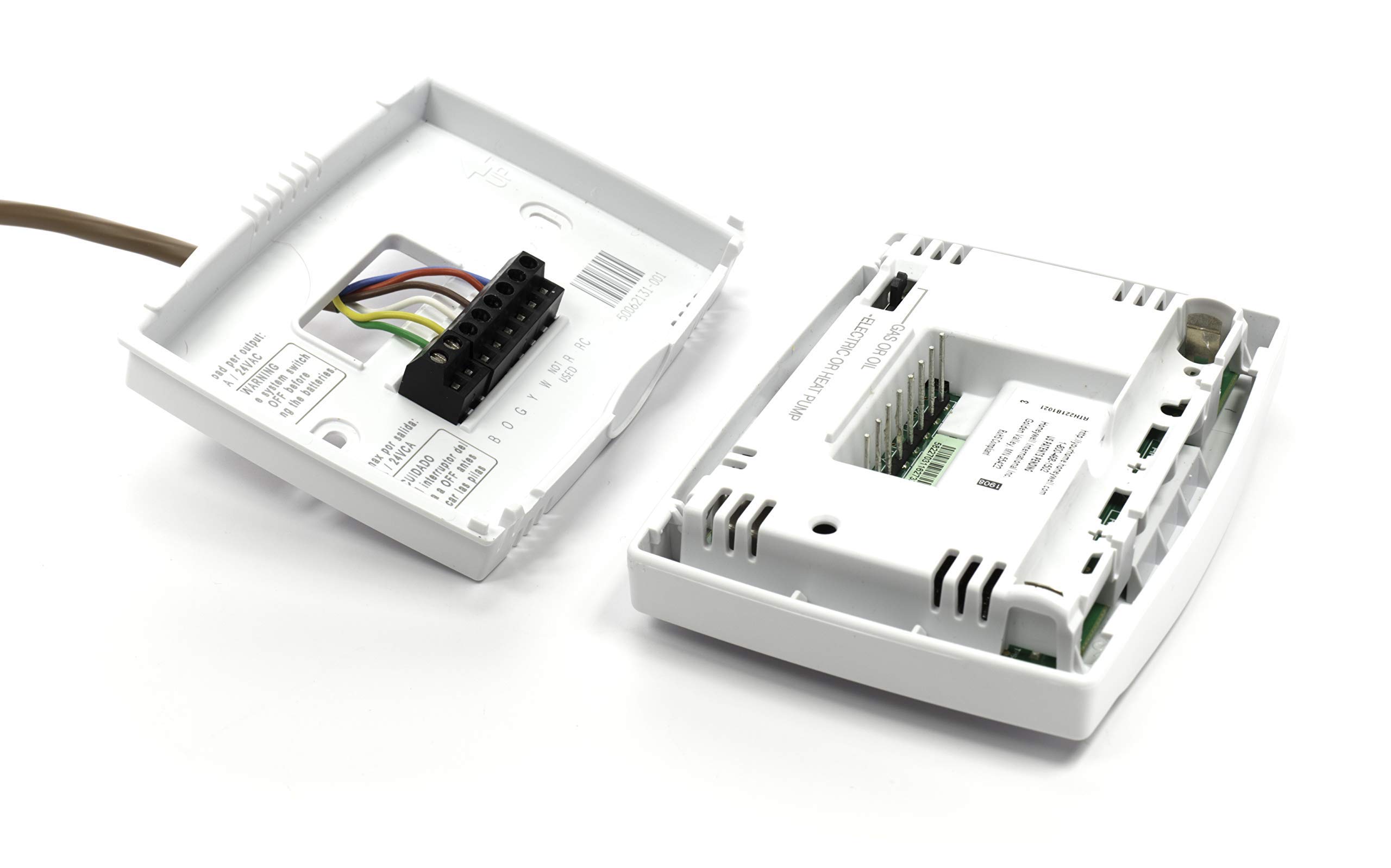




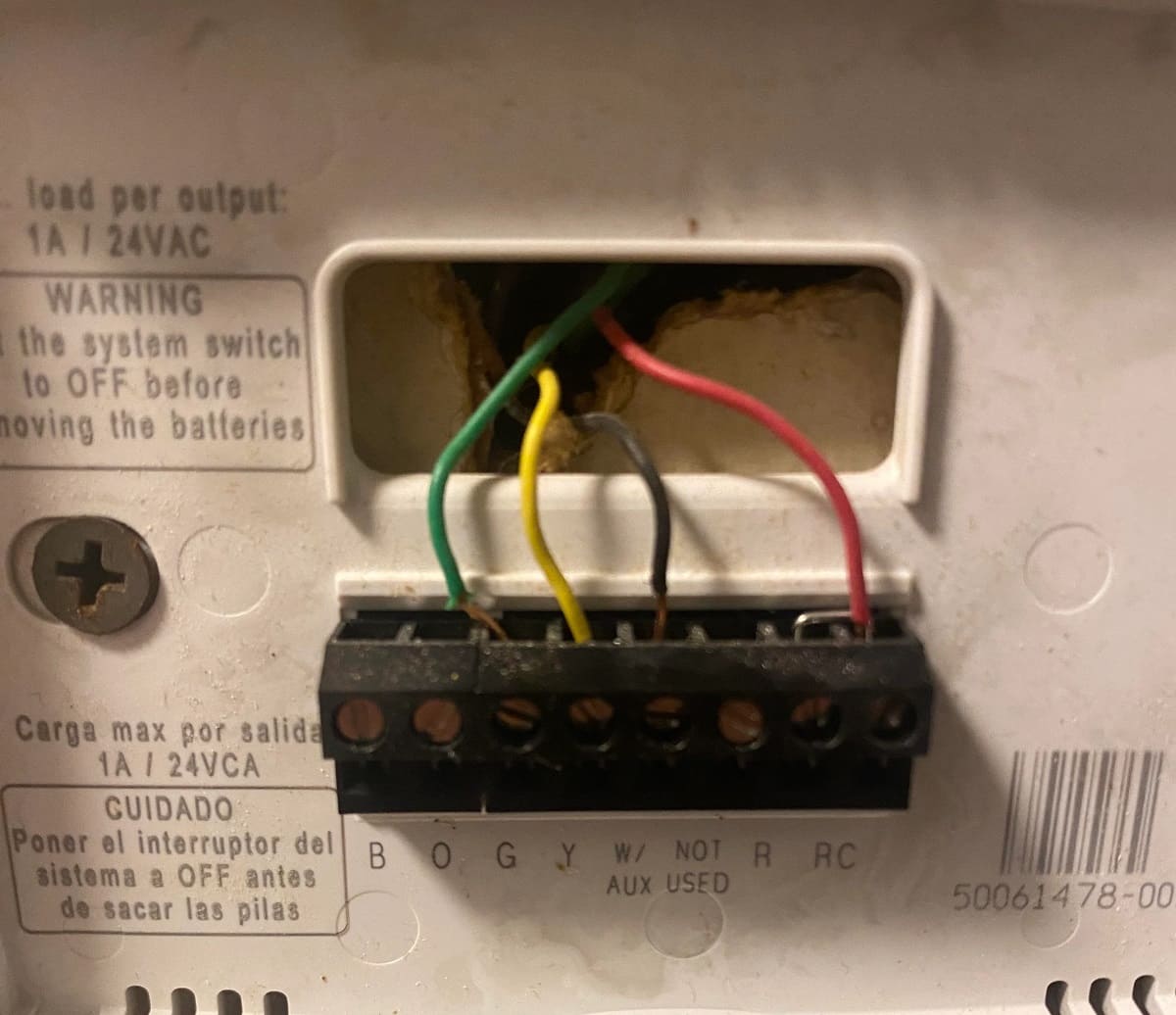

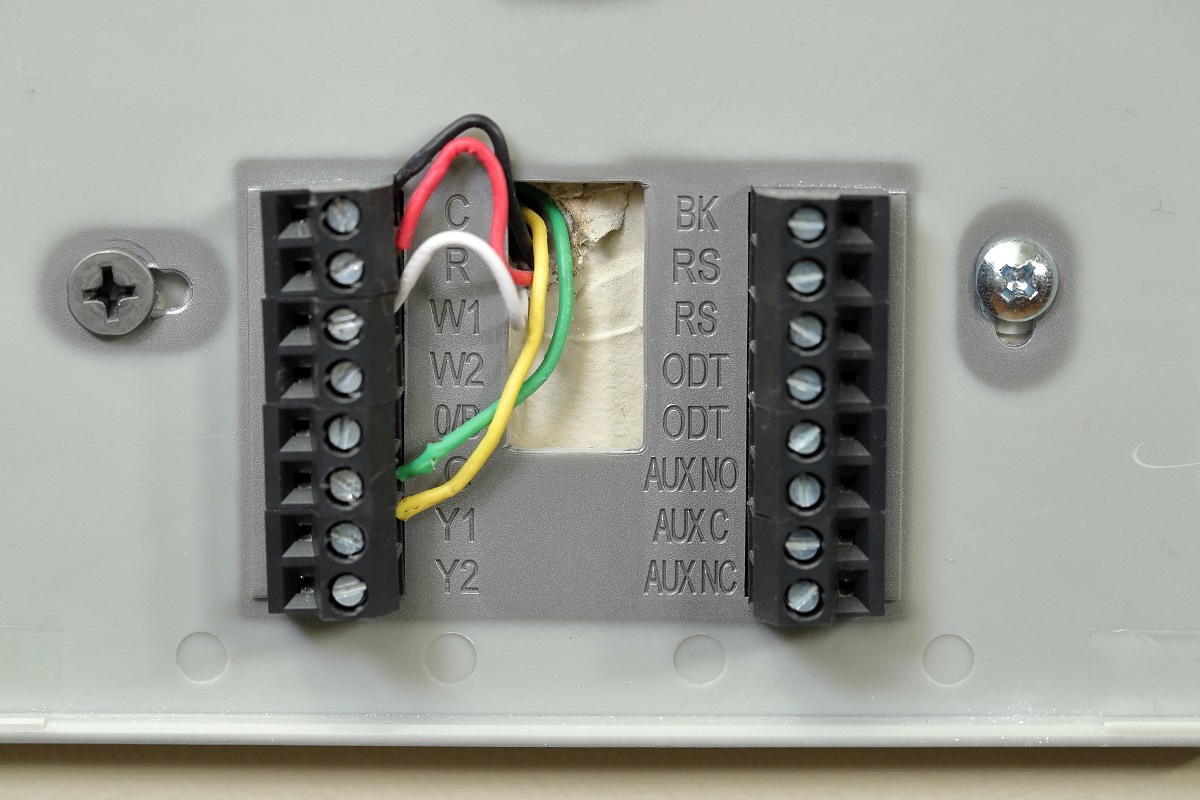

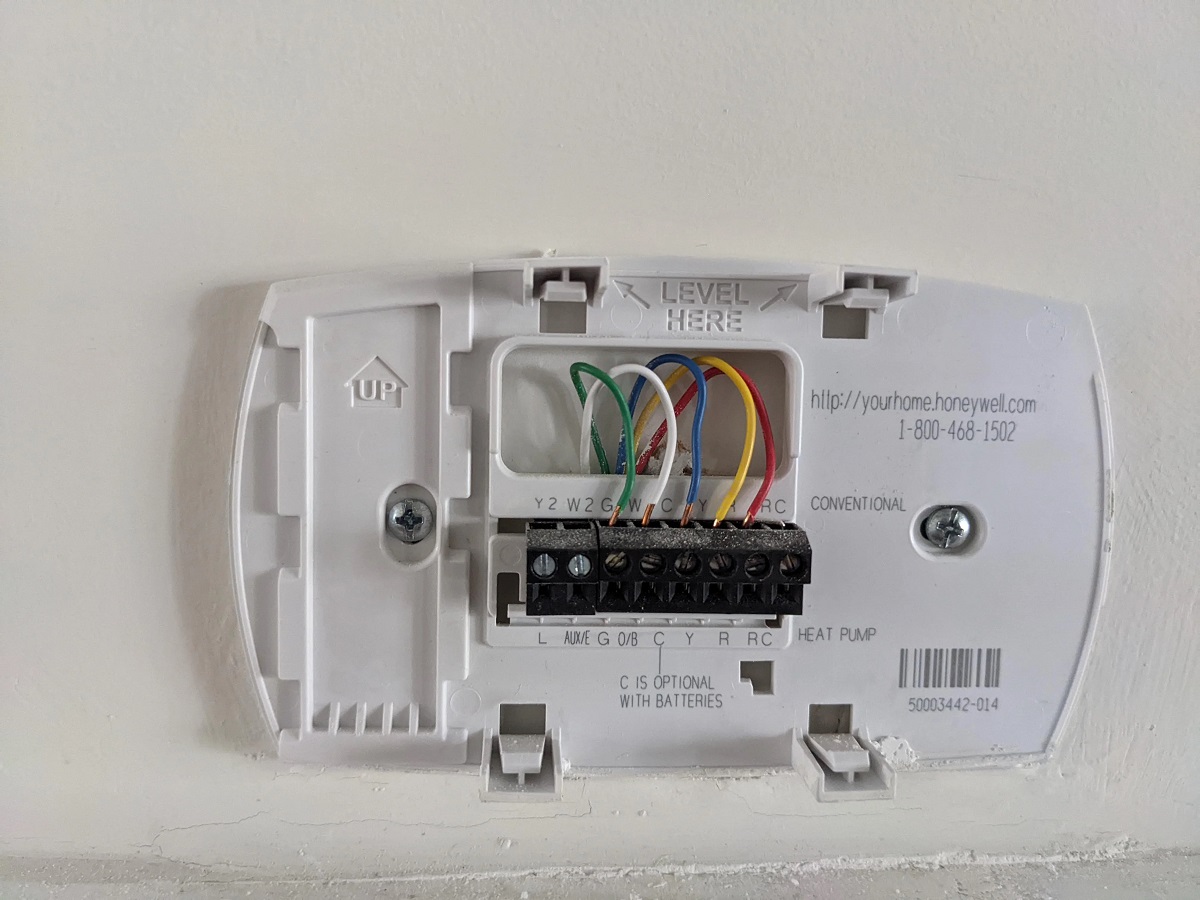

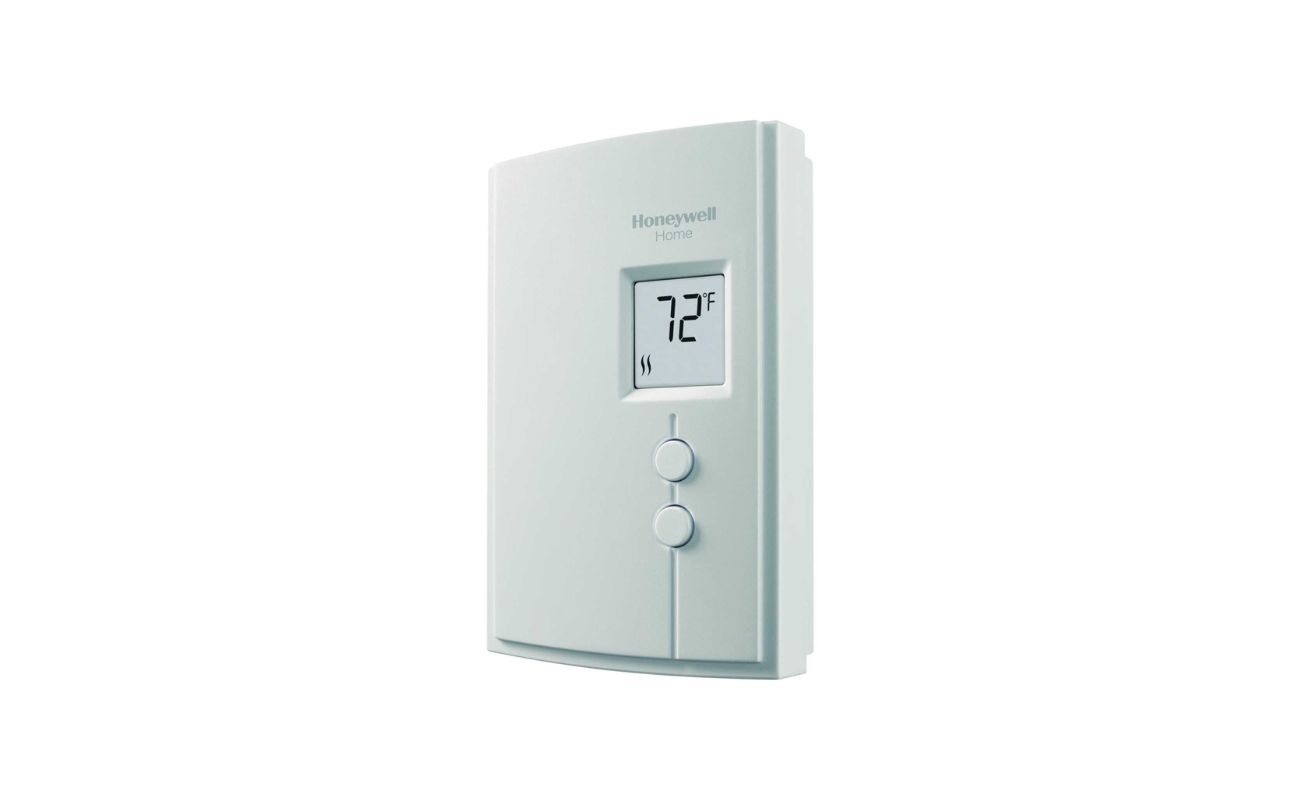



0 thoughts on “What Is The Orange Wire On A Thermostat”